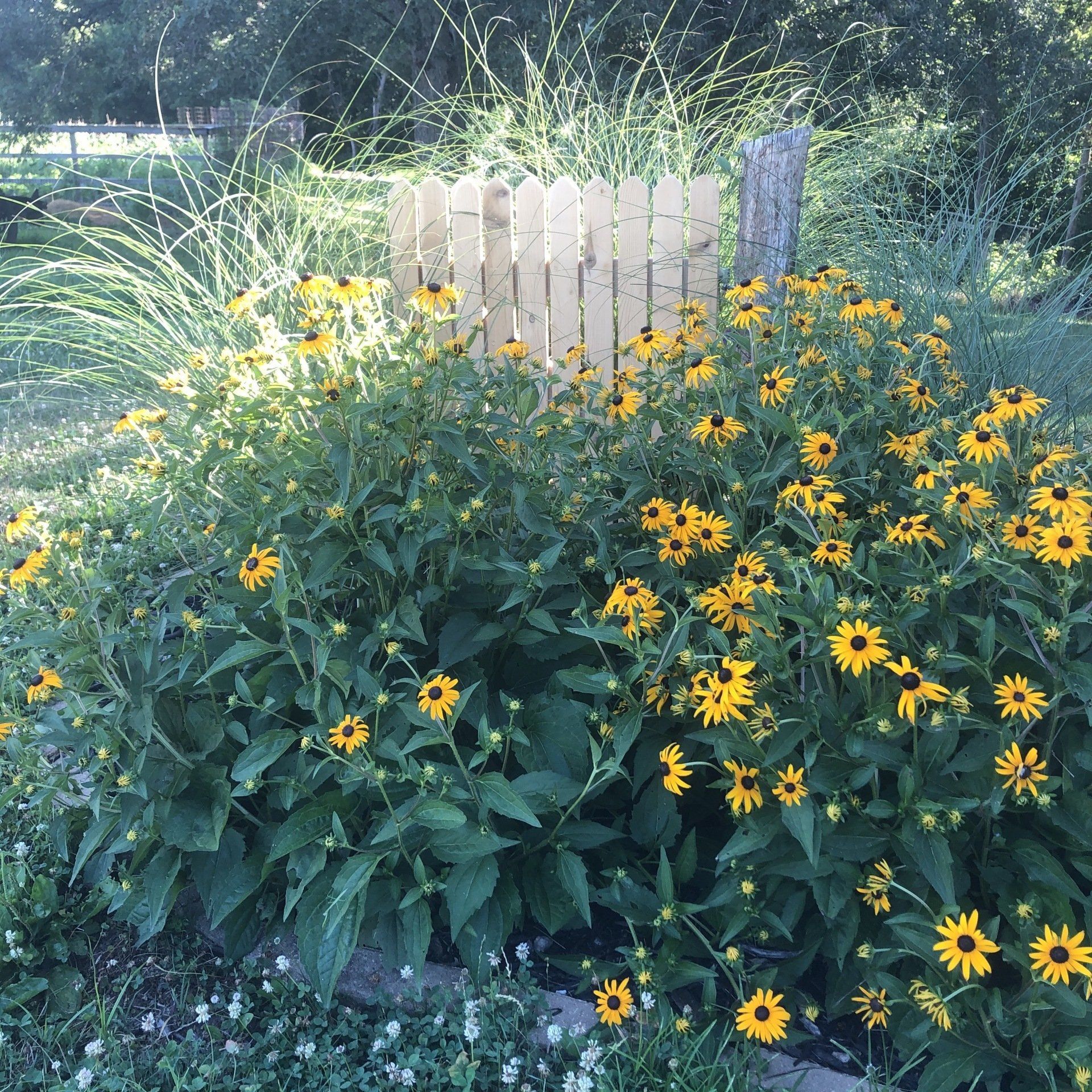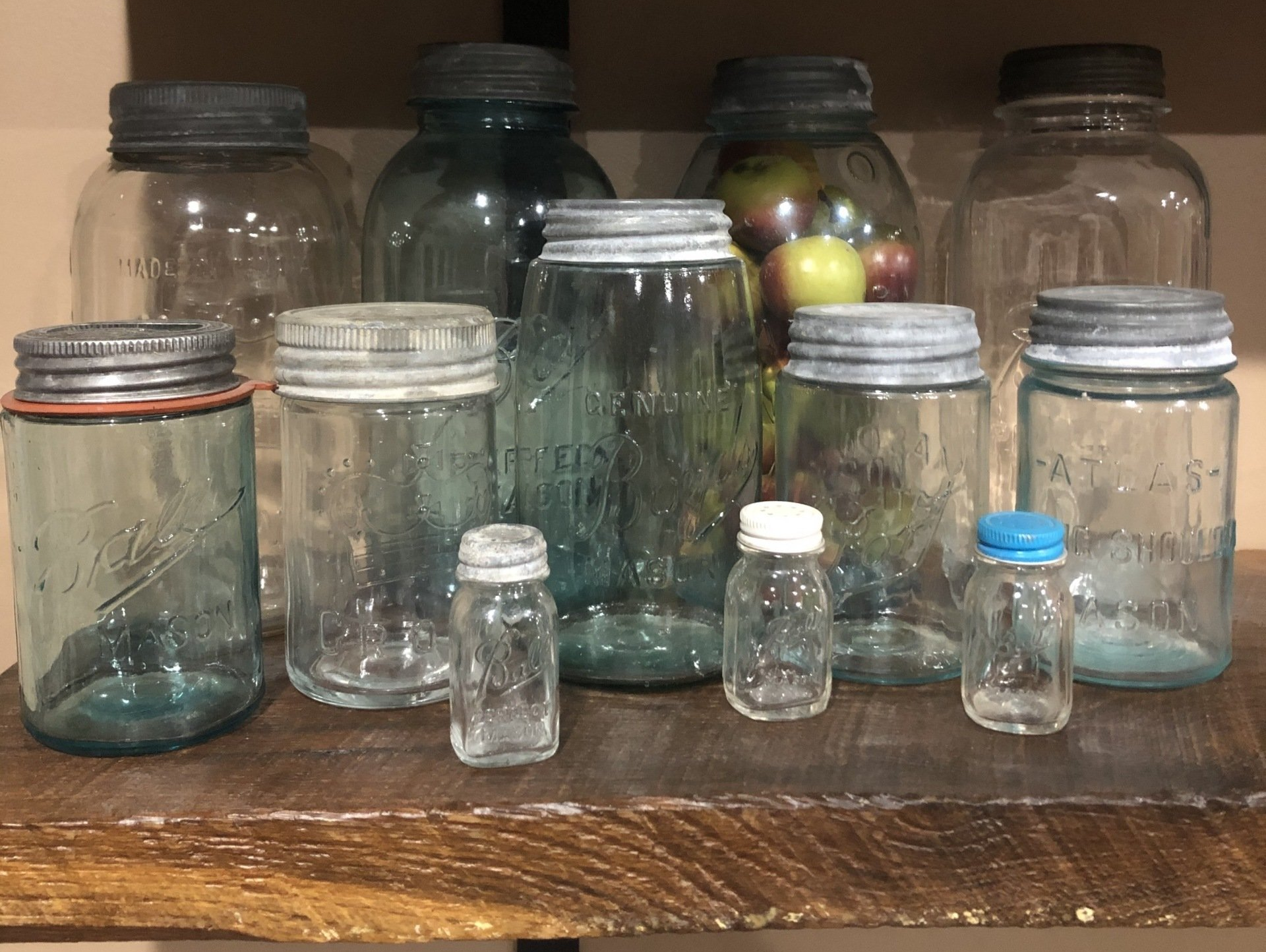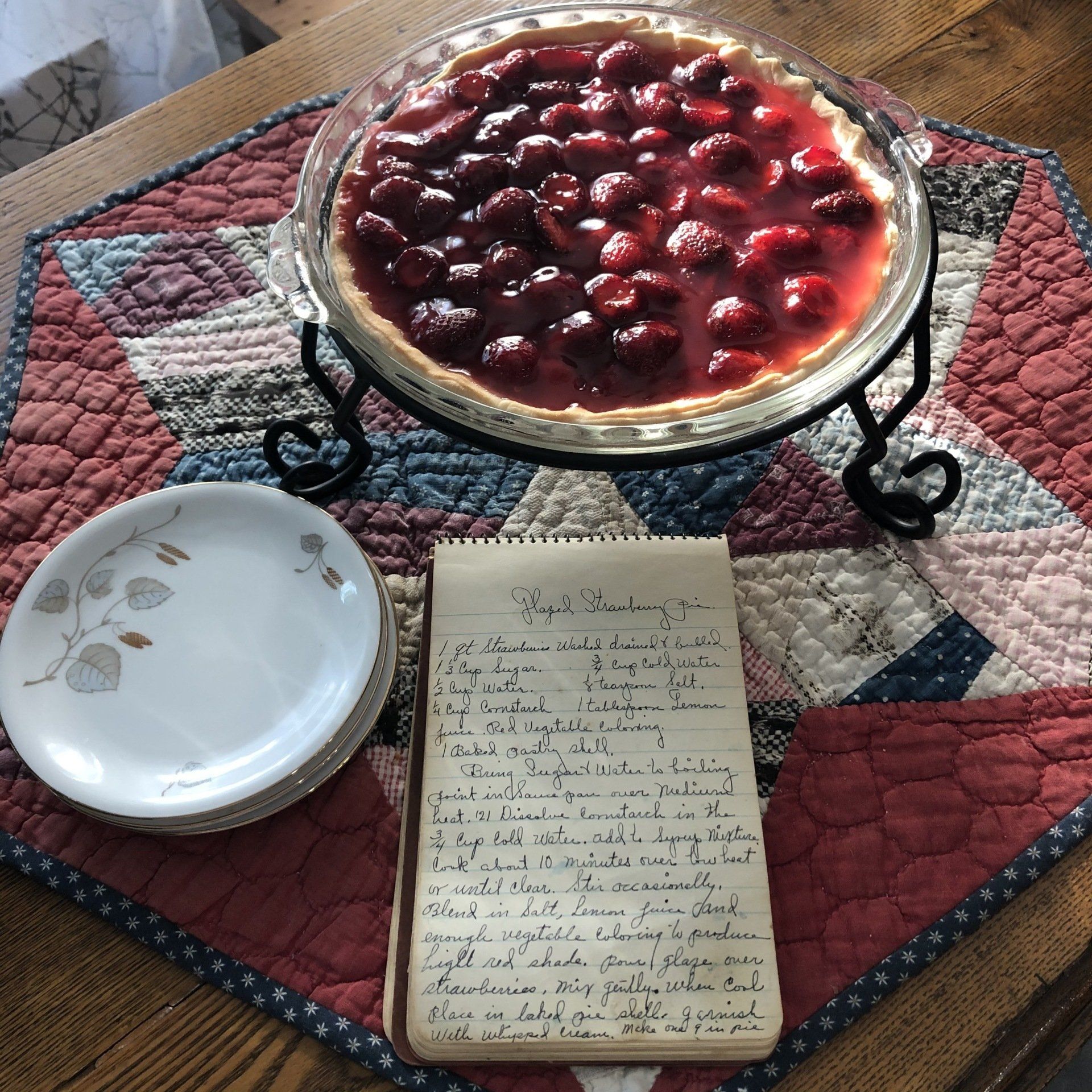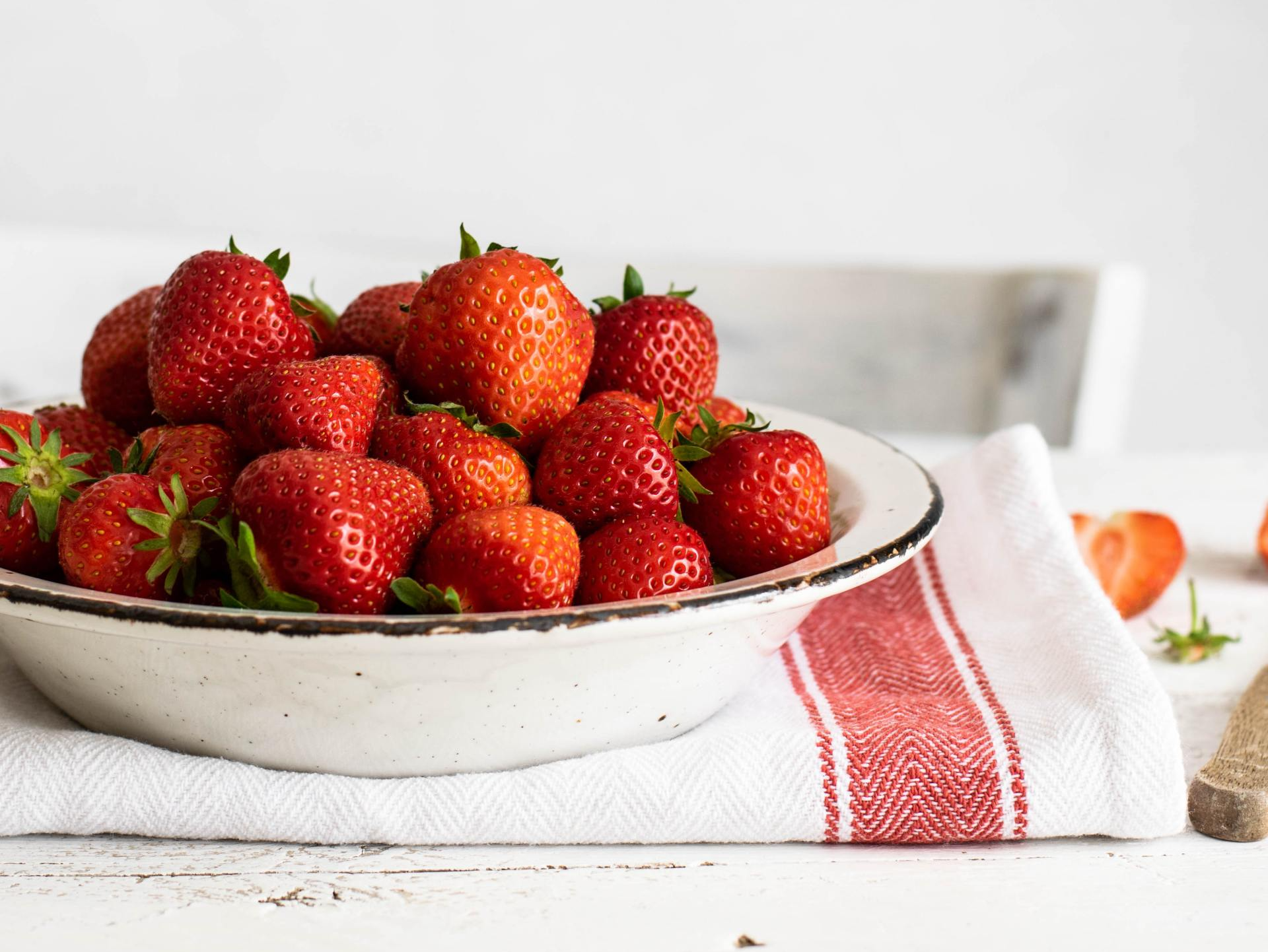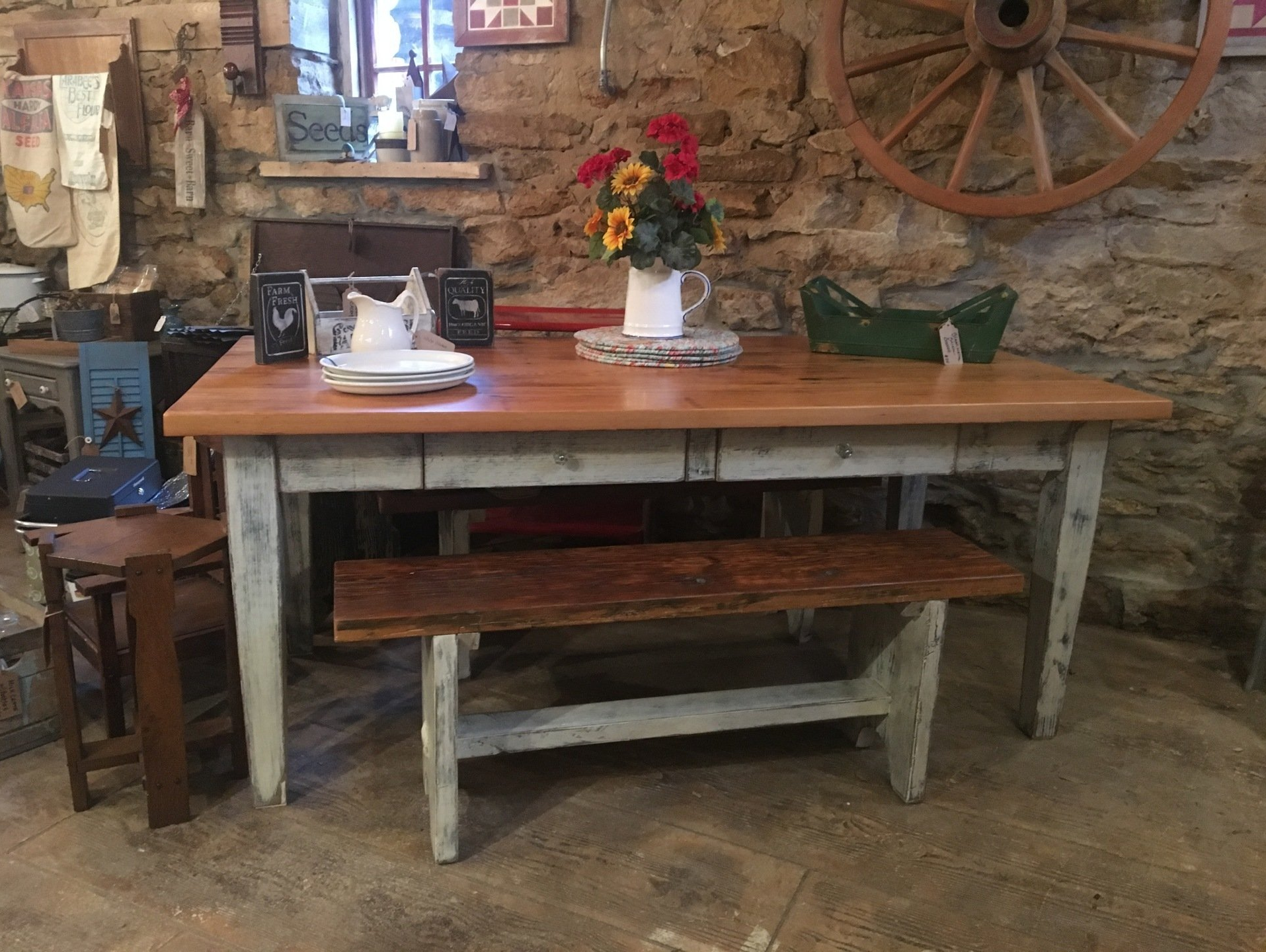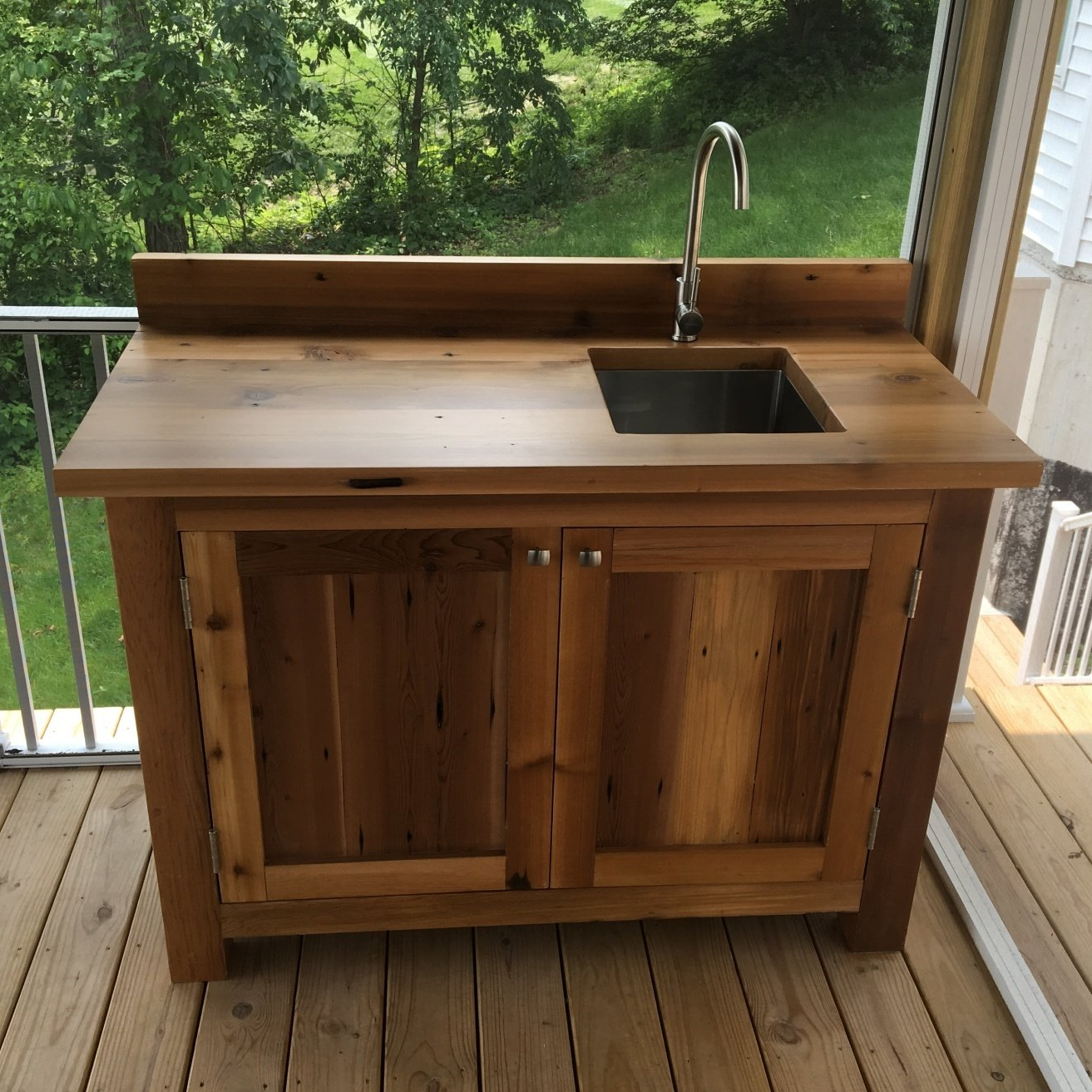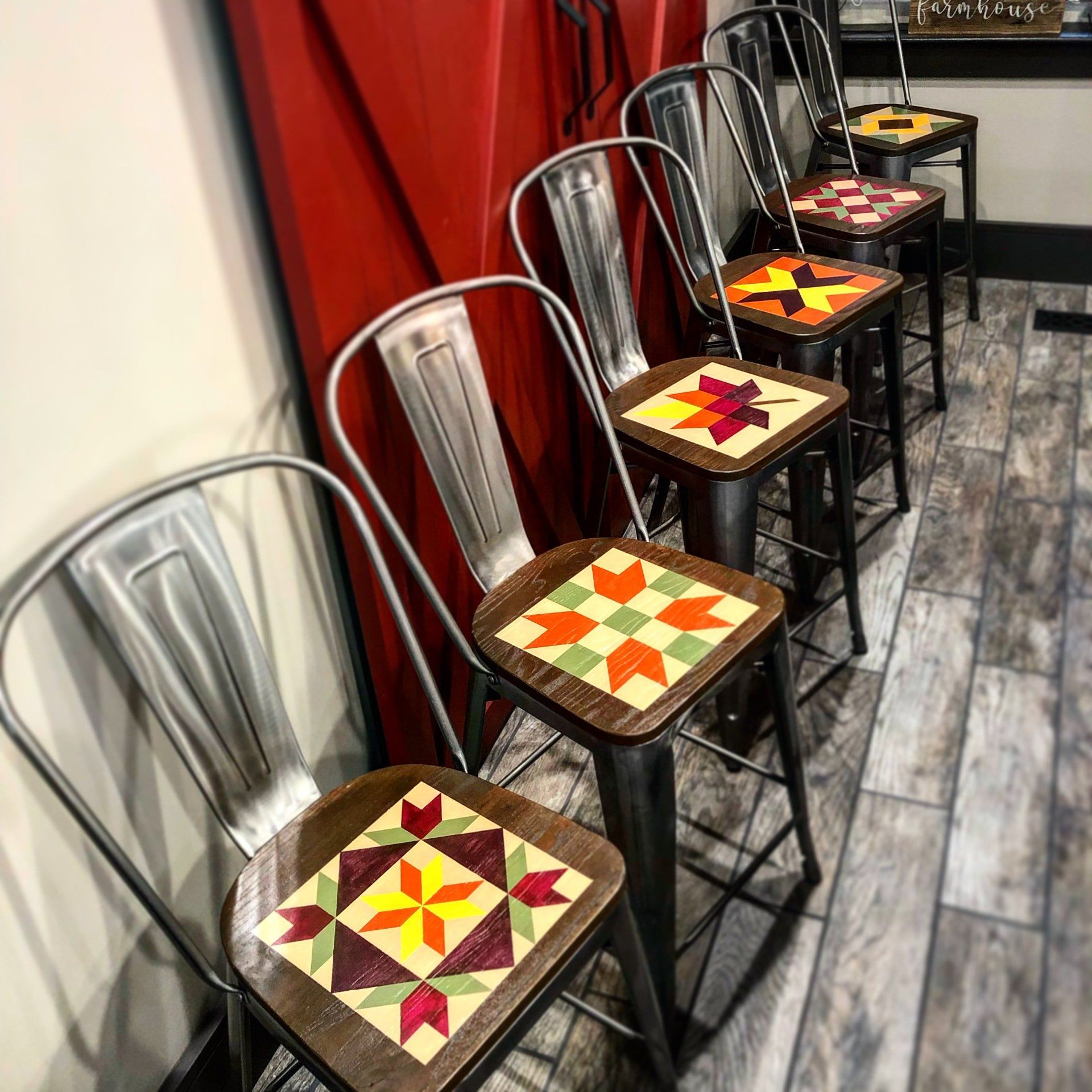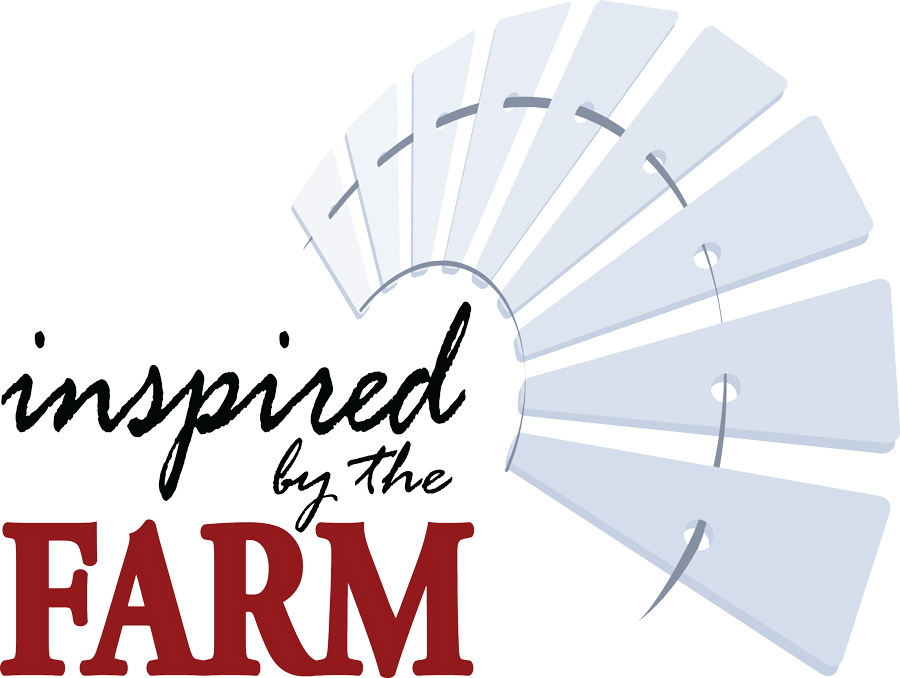Three Keys to Growing Garlic
- By design
- •
- 05 Jul, 2020
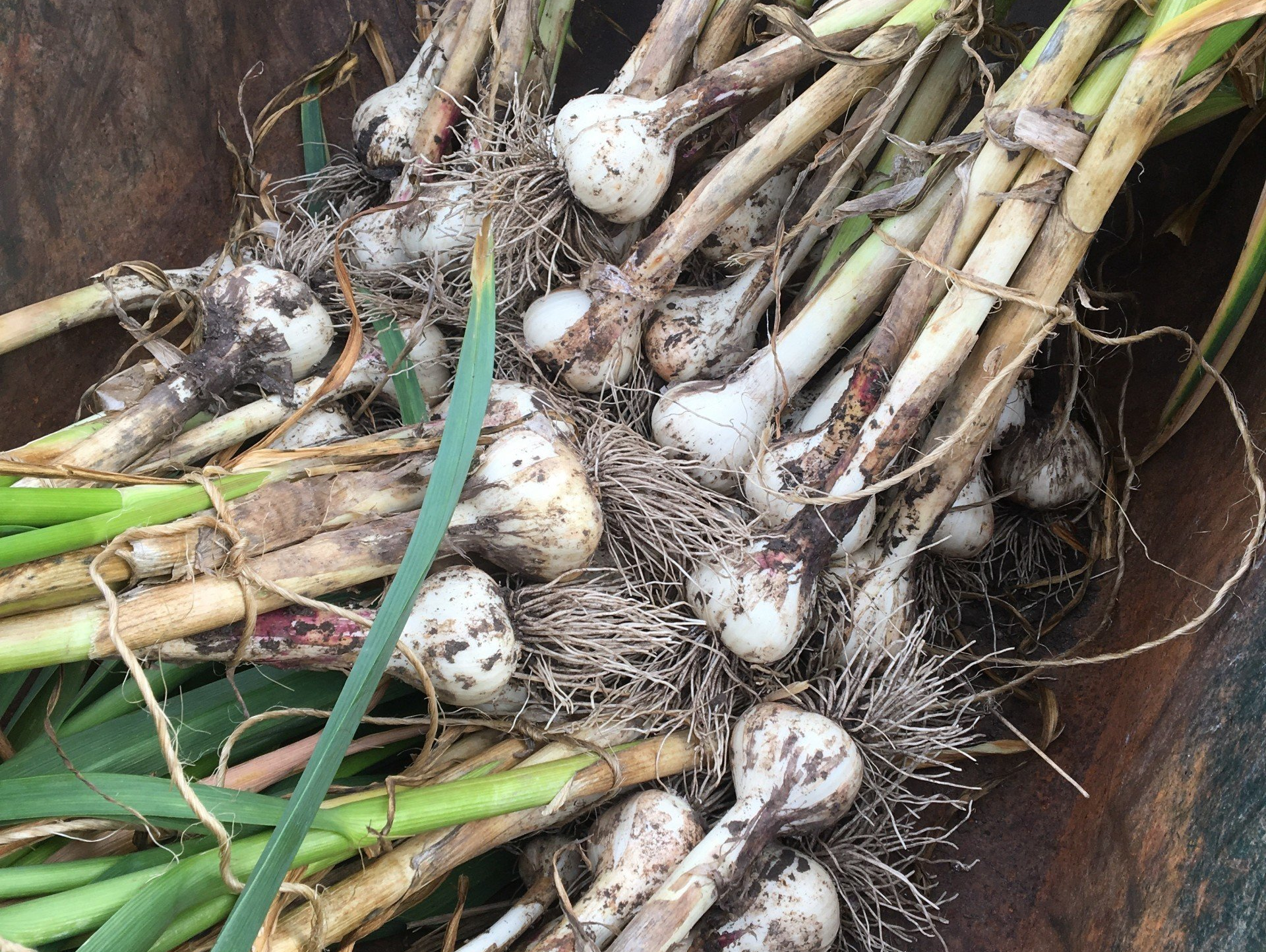
When we tell people we grow garlic, they look surprised; maybe it seems like a hard thing to grow, and it’s a rare find at our local farmer’s markets. As far as growing your own food goes, garlic has always been one of the easiest for us here at Inspired by the Farm. While it isn’t quite a “set it and forget it” plant, it's nearly that easy to start your own garlic patch.
So, how did we get started? After Dick was diagnosed with Type 2 diabetes, we became more conscientious eaters and started buying a lot of garlic bulbs at the store. Fun fact: garlic is very heart healthy! It can help lower cholesterol and regulate blood pressure and blood sugar. But beware – eating a clove of raw garlic may cause heartburn and some…intense GI issues. One of our garlic-growing friends gave us some German Extra Hardy bulbs to plant. That was ten years ago, and we’ve been growing ever since. Our first year, we planted thirty cloves from about five bulbs; now we grow the garlic crop up to about 110 plants. Sounds like a lot of garlic, right? But you do have to save some of the largest bulbs to replant in the fall. Besides, who doesn’t love garlic?
The secret to a good harvest is all in the timing – these three easy tips will make starting your garlic garden a breeze!
#1 Plant at Halloween
#2 Clip Scapes around Memorial Day
Leading up to Memorial Day, we start looking for garlic scapes. The scape is the stalk that grows from hard-neck variety bulbs up through the leaves. These should be pulled or clipped once they start to curl. This step is important as it helps cloves to develop. If left to mature, the scape will form a bulbil or "garlic flower" and the garlic will go to seed. Over the years, we’ve missed a few scapes ourselves. It’s easy to do, and we usually find them when we harvest. Those bulbs don’t form cloves, and you end up with something that is kind of like a garlicky green onion. Scapes are a once-a-year treat that have a milder flavor than that of a garlic clove. We like to chop them up and used them in salads, stir fry, and sautéed spinach. Yummy!
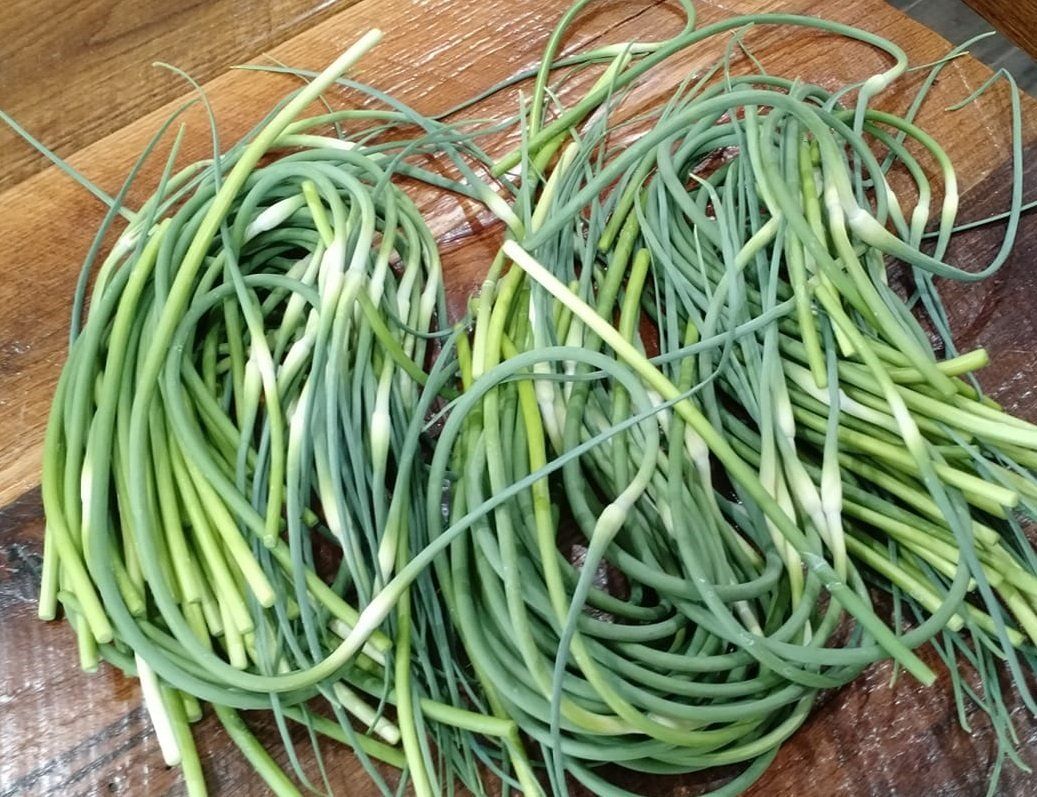
Towards the end of June, right before the Fourth of July, we harvest. You'll know it's harvest time when the lower half of the leaves turn yellowish-brown. Resist the urge to pull the bulbs: garlic must be dug! Grab your shovel and make sure to dig deep enough and far out enough to miss the bulb. Garlic bulbs bruise easily and aren’t happy if they get nicked by the shovel. So, some TLC is needed. Clean off most of the dirt, leave the whiskers, and tie up about six plants (baling twine works great). Hang in a dry place about four weeks. Our garage smells wonderful, and we ward off any vampires as well! Once cured, we trim back the stem, leaving about 1 ½ inch above the bulb, select the twenty best bulbs for fall planting, and store the rest in a cool dry place for use throughout the year.
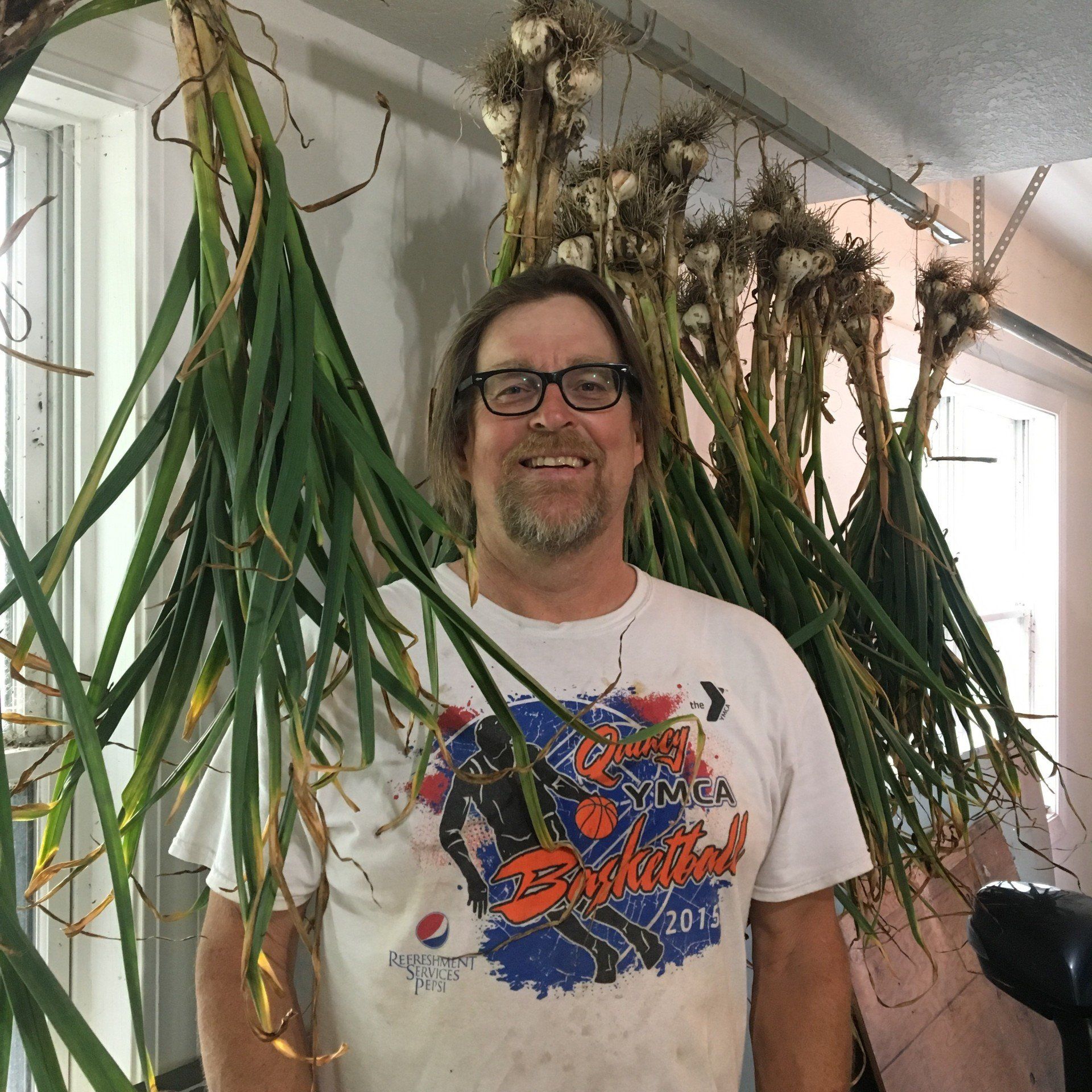
Want to get a head-start on your fall garlic crop? Pre-order your own German Extra Hardy garlic for planting this fall from Green Mountain Garlic.
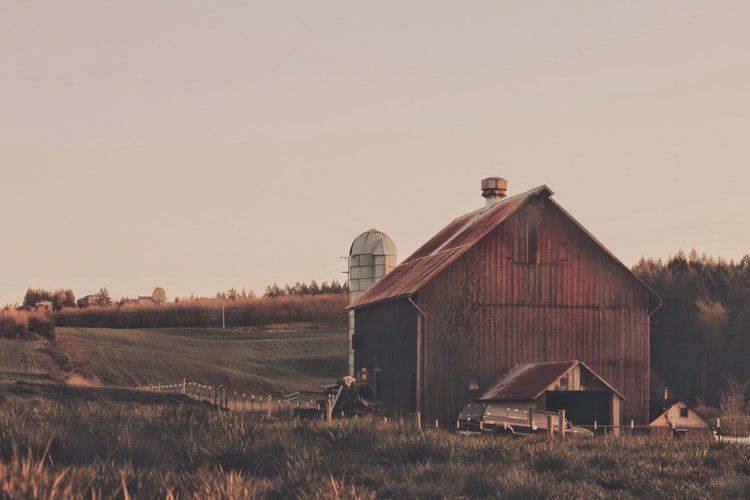
In this, our very first blog, we…admittedly struggled to settle on a topic. We have all these big ideas that we can’t wait to share with you, from gardening tips to recipes to decorating ideas and everything in between. And yet, we couldn’t decide what story we wanted to tell first.
Well, we were getting way too far ahead of ourselves, and we realized that the best place to start is at the beginning. So we’re going all the way back to the first lesson: Farmhouse 101.
What is farmhouse style?
“Farmhouse style” means different things to different people, of course.
For us, true farmhouse style is authentic, original, and straight from the barn. Some of the pieces we get literally come straight from the barn (dust and all), some are made from barnwood, and some we find along the way.
When we think farmhouse, we think:
· Raw wood
· Corrugated barn tin
· Galvanized metal
· Gingham
· Burlap
· Twine
· Cotton
· Wheat
· Warm rustic colors
· Natural distress
· History
That’s not to say that manufactured pieces, crisp white everything, and replicas of old farm-inspired items are bad. They’re just a little more modern and urban. Hence the term “modern farmhouse.” Imagine having pristine white furniture and coming in to relax after working the fields outside all day! My grandmother would’ve had a fit trying to keep a modern farmhouse clean.
We just prefer to focus on genuine craftsmanship and unique pieces with unique stories that we can share with you.
I like farmhouse style, but it doesn’t match the rest of my décor. How can I incorporate it into my home?
Start small! Try dedicating one room or area of the house to the farmhouse look. The laundry room, guestroom, or even home office are great places to start. They’re fairly unassuming spaces that are often overlooked when it comes to decorating. In these rooms, you can take a few more liberties since they don’t necessarily have to match the motif of the rest of your home. That unfinished basement? Deck it out and make it a canning kitchen or a farm-inspired entertainment space.
Outdoor spaces also naturally lend themselves to farmhouse décor. Decorate your landscaping, porch, patio for any season or holiday with staple pieces like milk cans, galvanized buckets, or wagon wheels. Then, mix and match seasonal florals, vegetation, and fabrics to give them a fresh new look!
Do I have to cover my entire house in shiplap?
Only if you feel so inclined.

